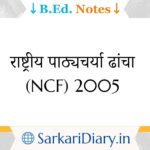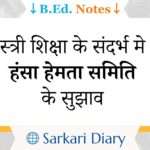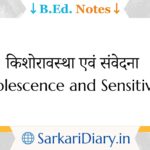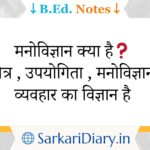When is it?
Republic Day is a national holiday in India celebrated on January 26th every year. It commemorates the day the Constitution of India came into effect in 1950, marking the transition from a dominion of the British Empire to a sovereign, democratic republic.
India’s Republic Day is celebrated every year on January 26th.

What is it?
It commemorates the day the Constitution of India came into effect, marking the transition from a dominion of British India to a sovereign, democratic republic on January 26, 1950.
Happy Republic Day 2024: 51 Best Republic Day Wishes, Messages and Quotes
What’s the significance?
The Constitution established India’s fundamental principles of governance, including:
- The Constitution established the framework for India’s government, guaranteeing fundamental rights and freedoms to its citizens.
- It marks a pivotal moment in India’s history, symbolizing the culmination of the independence struggle and the establishment of a new era.
- It’s a day of national pride and unity, celebrating India’s diverse culture and achievements.
- Sovereignty: Self-rule and independence from foreign powers.
- Democracy: Government by the people, elected through free and fair elections.
- Republic: A Head of State elected by the people, not inherited through a monarchy.
- Secularism: Equal respect for all religions and freedom of faith for all citizens.
- Social justice: Guarantee of equality and opportunity for all, regardless of caste, creed, or gender.
How is it celebrated?
- National Holiday: A day off work and school to participate in celebrations.
- Grand Parade: A spectacular military and cultural display in New Delhi, featuring marching bands, armed forces contingents, decorated tableaux depicting various states and cultural themes, and breathtaking aerial displays.
- Flag Hoisting: The national flag is unfurled at Rashtrapati Bhavan (President’s House) by the President, followed by a 21-gun salute.
75th Republic Day of India: A Journey of Courage, Progress, and Hope
- Cultural Programs: Performances of traditional dances, music, and drama showcasing India’s rich cultural heritage across the country.
- Community Events: Flag hoisting ceremonies, parades, cultural programs, and gatherings organized by local communities and organizations.
Additional facts:
- January 26th was chosen as the date for Republic Day because it was on this day in 1930 that the Indian National Congress declared independence from British rule.
- The parade in New Delhi is one of the largest and most impressive military parades in the world.
- Republic Day is a time for Indians to reflect on their history, celebrate their democracy, and reaffirm their commitment to the values enshrined in the Constitution.
What is the difference between hoisting and waving the Indian flag?
Every year on Independence Day, the Indian flag is hoisted at the Red Fort by the Prime Minister of India. The Indian flag is tied at the bottom of the flagpole. It was then raised by the Prime Minister of India, an act that signaled the country gaining independence from the British Raj and thus establishing its independent identity. Whereas Republic Day marks the formal adoption of the Indian Constitution. Thus, on this day the President of India hoists the flag on the path of duty. This means that the Indian flag is tied as a bundle at the top of the flagpole and is hoisted in a ceremony by the current President of India. This was done because India was already an independent nation when the first Republic Day was celebrated.
Who hosts and flies the Indian flag?
There was no official President of India on the first Independence Day. At that time, Lord Mountbatten served as the Governor General of India, a post equivalent to that of the President, which was later abolished. But since no colonist could now be trusted to hoist the flag of the independent nation, the job was done by the then Prime Minister of India, Jawaharlal Nehru, who was considered the representative of the people. For years, the Prime Minister of India—who is the head of government—has hoisted the Indian flag on Independence Day. Whereas, only the President of India hoists the Indian flag on Republic Day.
Where is the flag raised and hoisted?
The President of India hoists the Indian flag on the Dutta Path (formerly known as Rajpath) in New Delhi on Republic Day (26 January). Whereas, the Prime Minister of India hoists the Indian flag every year on Independence Day (15 August) at the Red Fort in New Delhi.







